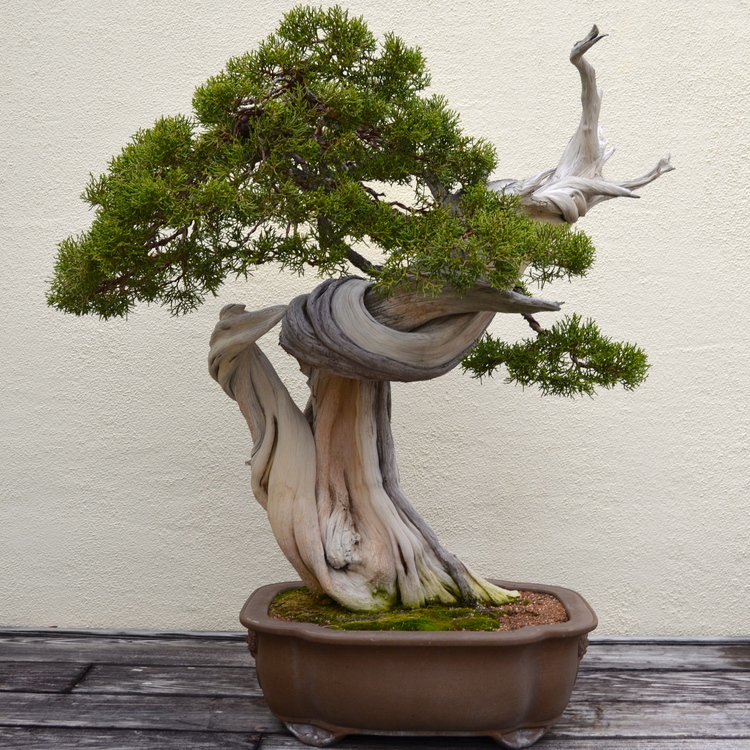
The Sunday Mail


The Bonsai style of gardening
THE Japanese have become world renowned because of this ancient style of gardening. Though this ancient art originated from China in about 265AD, then known in Chinese as Penjing, the Japanese have really developed it into a popular relaxing hobby.
Bonsai is basically the growing of trees in shallow trays or containers, thus “bon” is translated from Japanese as tray while “sai” is a plant or planting.
Bonsai are generally kept outdoors on a suitable table or bench for easier maintenance, occasionally moved indoors for temporary display purposes. Various tree species can be in shallow pots as bonsai and are trained systematically to come out with exquisite displays of artistic trees.
The art of bonsai must be strictly viewed as a form of relaxation. However, some trees that have been kept for many years can fetch good money, up to a couple of hundred dollars. One tree (Sandai Shogun no Matsu) is known to have reached the 500 year old mark in Japan.
Such a tree, they say is priceless.
Tree species one can use range from indigenous to exotic species such as Brachystegia, Juniperus, Cedrus, Acacia, Erythrina and many others.
One can raise a tree from seed or simply look for neglected abandoned nursery stock. Such trees can be damaged or deformed, all the best for good specimens.
A good potting mix for bonsai should be well drained since the trees are watered on a daily basis. Mix together, one part sterilised topsoil, one part sand with large grains, one part compost, some bone meal and a compound fertiliser, to make a good potting mix.
To succeed in bonsai, one’s tree must look the part, that is, a tree must appear aged and this can be achieved through a number of techniques such as pruning, grafting, burning, weights, carving and pinching, just to mention a few.
Experience will show which technique to use with which species.
Bonsai growing is a long-term endeavour and a lot of patience is, therefore, required. Some trees grow upwards and others laterally thus some knowledge of tree growth is necessary so as to know which trees to prune accordingly.
If a tree is to be re-potted it is important to do this properly. Soak the tree in a tub of water, perhaps overnight. Now remove the plant from the pot and take away all the soil from the roots without damaging the roots.
Examine the plant carefully removing any diseased portions. Always prune the roots according to how they will fit into the pot to be used.
Likewise, prune the shoots as to the desired shape to be achieved. Reposition the tree but obviously not in the centre if your tree is slanted. Add soil ensuring that all the roots are covered and all the spaces in the pot are filled. Water the tree, remembering to do so every day.
Water your bonsai during the afternoon when temperatures are up. Since the plant is sitting in a shallow tray, the importance of daily watering is vital. Ensure that water is draining immediately, so as to avoid root rotting. The Japanese art of bonsai can be extremely rewarding particularly for the invalid and retired with much more time on their hands. It is definitely an art for those with a keen eye for attention to detail.
Andrew Mangwarara is a horticulturist who can be reached on [email protected]



